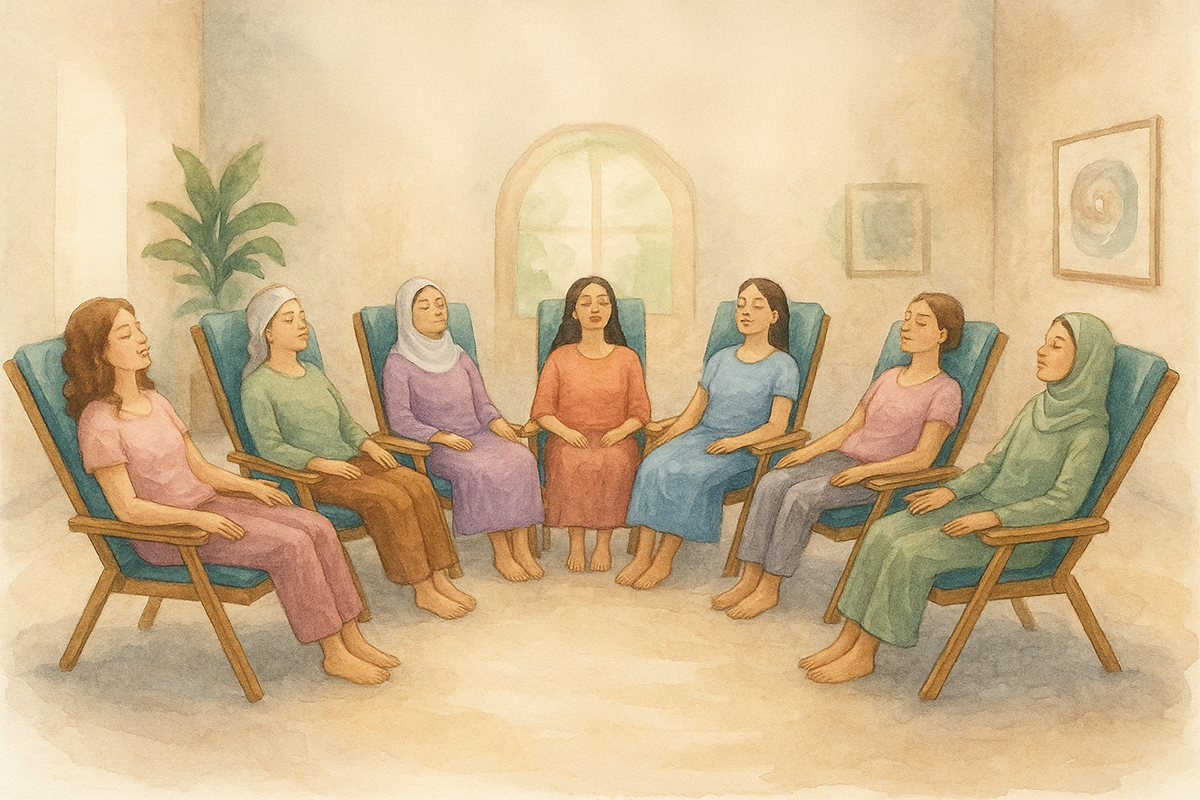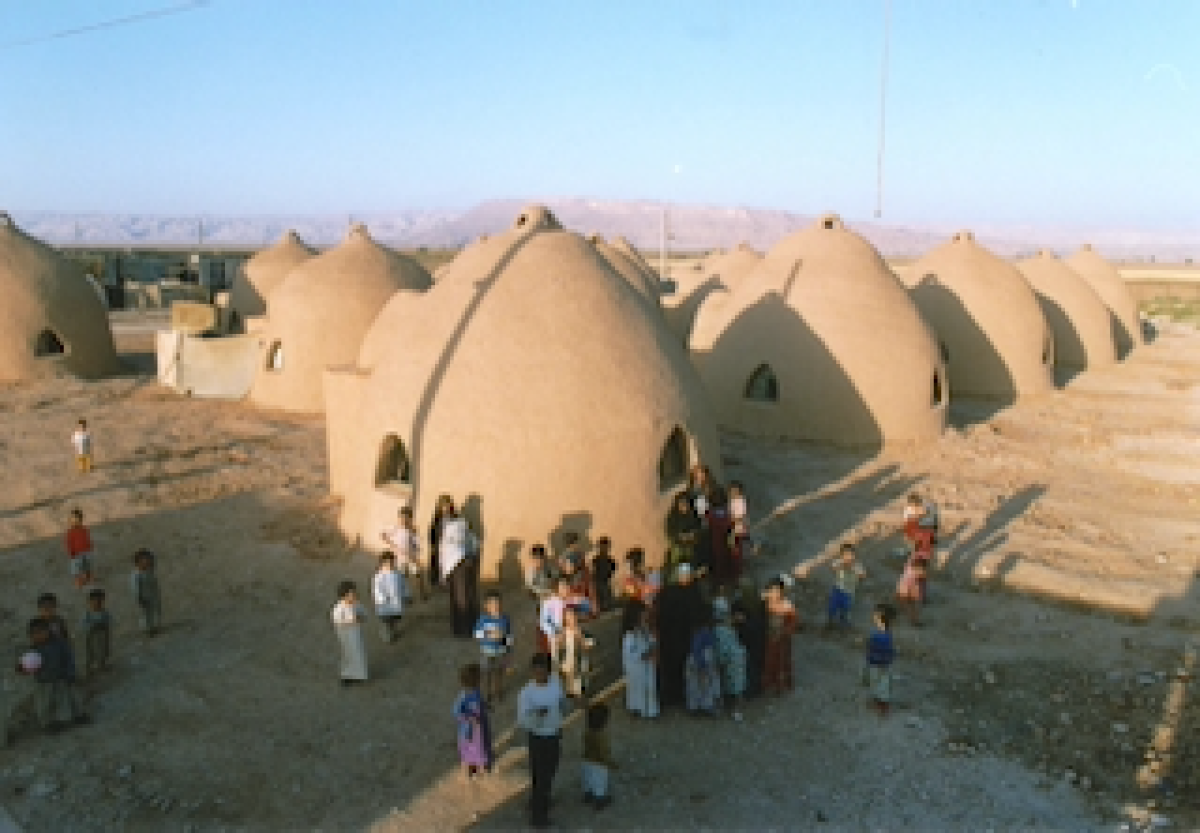
RAHMA.clinic | رحمة | raḥ-ma.
The name Rahma (رَحْمَة) is a sacred word in the Arabic language, signifying mercy, compassion, and the tender care that flows from the Divine to creation. Derived from the root R-Ḥ-M (ر-ح-م), which also gives rise to raḥim (womb), Rahma is not merely an emotion but a cosmic force of nurturing, protection, and unconditional love. This places mercy at the very heart of existence and divine will.
It becomes not just a place of treatment, but a sanctuary where care is infused with the sacred presence of mercy—where the practitioner is not just a healer, but a vessel for compassion. Healing, then, is not only physical; it is a return to this primordial mercy.

